Course "Electronics for all - Fundamentals of electricity"
Electronics for everyone
Upon completion, the participant will have the basic knowledge of analog electronics, such as basic circuit design, circuit operation analysis, fault detection, equipment repair and maintenance.
Hello my dear Steemians! In this first post I will talk a little about the basic fundamentals of electricity and the phenomena related to its origin.

Electricity is the basis of everything that exists and our world is an electric world. There are natural phenomena that can be derived to electricity and its most important effects such as: electric light, heat, movement in machines and vehicles, etc. So, when we talk about electricity, we refer to a series of phenomena linked to the flow of electric charges.
Today there is no city no matter how small, that has no electricity in their daily lives: in the kitchen, heating, televisions, elevators, etc; Including cars can not work without electric power for starting and lighting.
One of the characteristics of electrical energy is which it can be converted quickly and efficiently into different forms of energy, such as: caloric (furnaces, electric heater), light (lighting), mechanical (between types). In addition, electric power can be transported economically over long distances to be used where necessary, such as in cities, factories, shopping centers, etc.

The atom
To explain this concept, I will use a glass of water as an example. A glass of water is really formed by drops of water, if this drop of water is divided many times, there would come a time when we could not appreciate it with the naked eye, we would have to use a microscope. This droplet is called a molecule, it is the smallest part of any body, that is, that all bodies are made up of millions and millions of molecules.
I know, you are very curious and you are probably asking What happens if we split a molecule?
By dividing a molecule we would arrive at the smallest particles that exist called Atoms, which constitute the fundamental unit of the whole universe, and alone or in combination, form all that exists.
Returning to the example of the water droplet, this molecule is formed by three atoms: two of hydrogen and one of oxygen.


Let's talk a little more about the atom. The atom has definite properties, which maintain its identity and characteristics. It is the smallest particle in which matter can be divided without losing its qualities.
The atoms are composed of nuclei that concentrate practically all their mass and that is formed by protons (elements with positive electric charge) and neutrons (elements with neutral electric charge), the nucleus is surrounded by a cloud of electrons (elements with negative electric charge). The classification of an atom is given by the amount of protons that it contains in the nucleus and that determines the chemical behavior to which it corresponds.
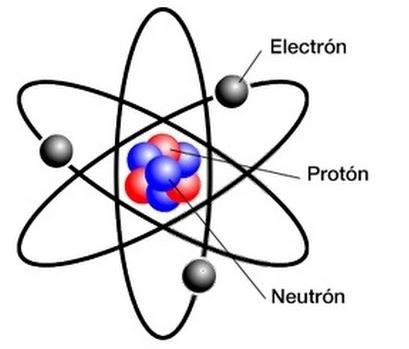
Valence Electrons
As you could notice an atom is composed of orbits, from the electrical point of view we are only interested in studying the last of each atom, because the electrons that are in it are the ones that determine the chemical and physical properties of the elements and are directly responsible for electrical phenomena. These electrons are called valence electrons and can be a maximum of eight. According to the number of valence electrons that have the atoms of an element, these can be classified as conductors, insulators and semiconductors.

Conductor
A conductor is a material capable of conducting electrons; for this, its atomic structure plays an important role, because in its last orbit (valence band) it must have less than four electrons.
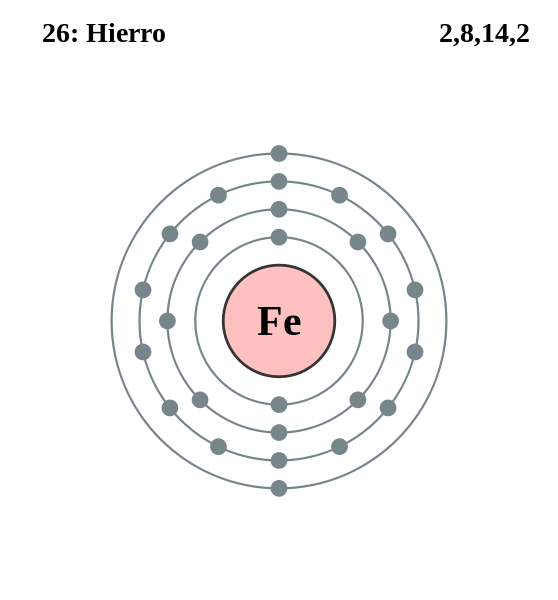 | 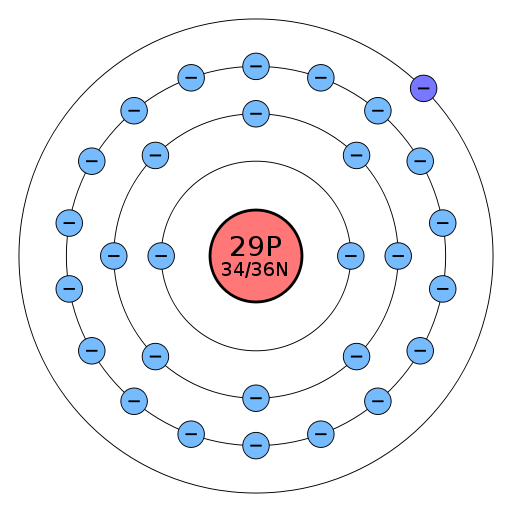 |
The best conductive have only one electron in their valence band; These materials are called metals and are the most suitable to produce electrical phenomena. The best conductors are gold, silver, copper, iron and aluminum, because they have 1, 1, 1, 2 and 3 electrons in their valence band, respectively.

Insulating
An insulator is a material that has high resistance to current flow. The resistance is the opposition that certain materials present to electrons circulating through it.
An insulator commonly has more than four electrons in its valence band, and it is very difficult for it to lose any of these; These materials are called metalloids. Those atoms that have eight electrons in their valence band are chemically very stable and for this reason it is very difficult to produce an electrical phenomenon with them.
The high resistance of an insulator allows to isolate the current in a conductor. It is usually used to cover or insulate cables that carry electrical current.

Semiconductor
They are materials that have four valence electrons and their properties are at a midpoint between conductors and insulators. Example of these are silicon and germanium.
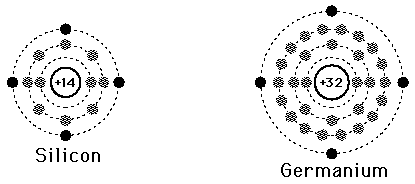

Static Electricity and Dynamic Electricity
According to the activity of electric charges, electricity can be classified into two large groups: as static electricity or as dynamic electricity.
Static electricity
Static electricity contains static or resting electrons and is generated when electrons accumulate at a certain point in a material. When a body acquires a charge whether it is positive in the case of losing electrons, or negative in the event that it gains electrons, it affects the other bodies that are around it, attracting or repelling them, depending on the load of the body: charges the same are repelled (+ +), different charges are attracted (+ -).

When a body is charged it means that it has excess electrons and this must return to its equilibrium state. To achieve this, it needs to be discharged, that is, to pass the excess of electrons to another body and this generates a release of energy, either mechanically or by sparks.
The simplest way to pass free electrons from one atom to another is by rubbing. An example is that of the clouds that, when rubbing with the molecules of air acquire electrical charge and look for an exit for this excess of electrons, producing what we know as rays.
Dynamic Electricity
For electricity to be really useful, it must be kept in constant motion, that is, it must be active and the source that generate must be in constant renewal of electrical charges so that its capacity is not lost in a few seconds of work.
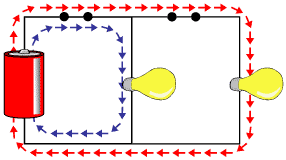
The Italian count Alessandro Volta invented the electric battery in 1799, which led to a scientific revolution at that time; discovered that through the chemical action could be renewed constantly electric charges and that as current flows through the circuit the electrons that leave the negative terminal of the battery, are replaced by the same amount of these entering through the positive terminal of the same.
After Volta discovered a constant source of electricity, it was possible to know what an electrical circuit really is.
When turning on an electrical appliance, we use dynamic electricity

Electric field
It is the space in which the forces of attraction and repulsion can be manifested between electric charges. The electric field surrounds any type of charge, either positive or negative and in general, surrounds any charged object. This field can be represented by innumerable straight lines that go radially from the center of the load and are directed in all directions. These lines are called electric force lines, which have natural force that acts in a certain direction, outward in the protons and inward in the electrons. This is the origin of the laws of attraction and repulsion.
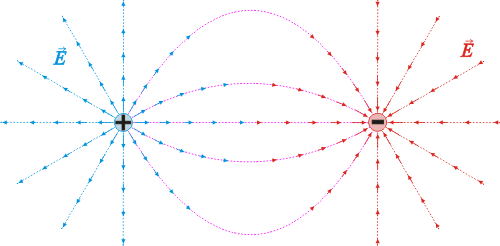
When we say that an electron repels another without making contact, it is the force of repulsion between the lines of force that causes the charges to separate, and when we say that an electron and a proton are attracted, they are the lines of force in the electric field who make the loads join.

Potential difference
An atom can be unbalanced by applying an external force large enough to make the atom lose or gain electrons, three cases can occur.



In other words, the potential is the electrical state in which a body is found. The potential difference indicates a difference between atoms of different potential, that is, there is a potential difference when the atoms of one and another body are different in their electrical state. This potential difference is called voltage or electromotive force (EMF) and is defined as the force capable of forcing the free electrons of a conductor to move in a certain direction. Its unit of measure is the volt (V).
The potential difference can only exist at two different points, a voltage source is a device that has a potential difference between its terminals. This source can be a battery or a generator; It has two terminals, one of them has a higher concentration of positive charge and the other of negative charges, which generates an electric field that tries to move the electric charges that are between them.
When a conductive material is connected between the terminals of a voltage source, the free electrons of the conductor are directed from the point of greatest potential of negative charges towards the point of greatest potential of positive charges.
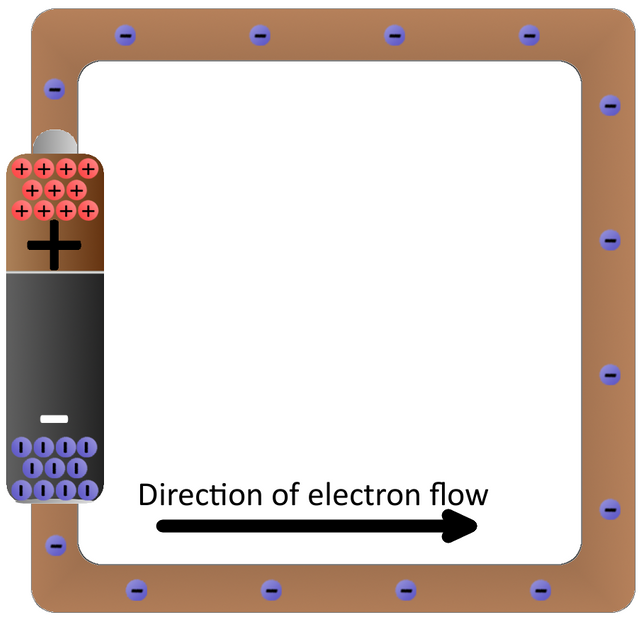
Why do electrons go from the negative terminal to the positive terminal?
For inside a source there is a chemical effect which unbalances the atoms of the two terminals, leaving one terminal with more electrons than the other. When making a bridge between the two terminals of the source, the electrons left over from the negative terminal will try to go towards the positive terminal since in this there is a shortage of them, driven by the free electrons of the conductor. Therefore, the free electrons of the conductor will now not move in any direction, but will be directed towards the positive terminal of the source causing a flow of electrons in that direction. This flow of electrons through a conductor is known as electric current.
"The human being is intelligent by nature, technology is only a complement"
╭════════════╮
Follow me on my Blog
╰════════════╯

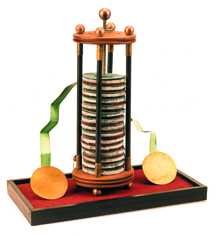


You have been upvoted by the @sndbox-alpha! Our curation team is currently formed by @jeffbernst, @bitrocker2020, @jrswab & @teachblogger . We are seeking posts of the highest quality and we deem your endeavour as one of them. If you want to get to know more, feel free to check our blog.
Congratulations! This post has been upvoted from the communal account, @minnowsupport, by vidayaventura from the Minnow Support Project. It's a witness project run by aggroed, ausbitbank, teamsteem, theprophet0, someguy123, neoxian, followbtcnews, and netuoso. The goal is to help Steemit grow by supporting Minnows. Please find us at the Peace, Abundance, and Liberty Network (PALnet) Discord Channel. It's a completely public and open space to all members of the Steemit community who voluntarily choose to be there.
If you would like to delegate to the Minnow Support Project you can do so by clicking on the following links: 50SP, 100SP, 250SP, 500SP, 1000SP, 5000SP.
Be sure to leave at least 50SP undelegated on your account.